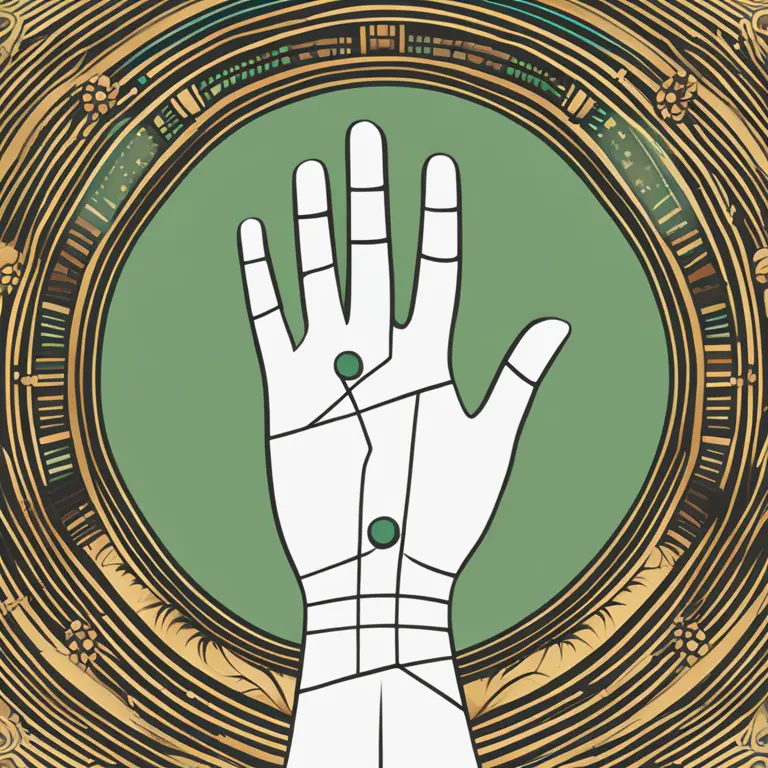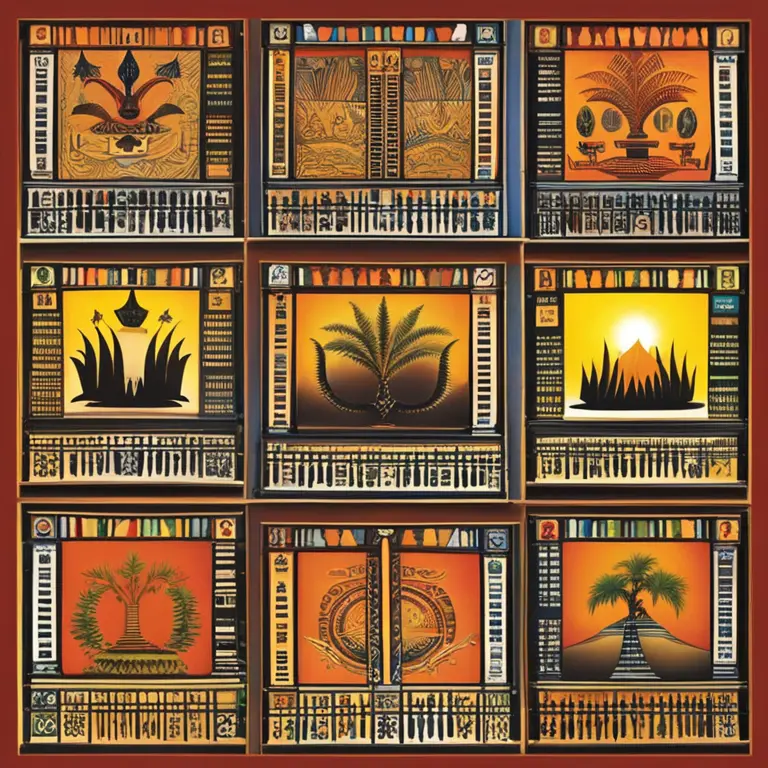
The Essentials of Palmistry Explained
Delve into the ancient practice of palmistry, where hand lines and features unlock personal insights and prophecies for the future.
article by Nora Pennington
Palmistry's Roots and Relevance
The age-old practice of palmistry, also known as chiromancy or palm-reading, has transcended time, evolving from its mysterious origins in ancient cultures to a topic of interest in the modern digital age. Unchanged is its core belief: the lines, shapes, and mounts of the palm possess unique insights into one's character and life's path. Over the centuries, practitioners have fine-tuned the art, making it relevant for an audience in 2024 and beyond by integrating it with psychological theories and technology.

Interpreting the Lines
Central to palmistry are the lines on one’s palm, each heralded as a telltale sign of different facets of life. The heart line offers clues about love and relationships, while the head line delves into intellect and mental acuity. The life line, often mistaken as a predictor of longevity, is more accurately a reflection of vitality and life changes. For those seeking insights into their career or material success, the fate line is the one to scrutinize, although not everyone has this line clearly etched on their palm.

Mounts and Their Meanings
The mounts of the palm are fleshy pads at the base of each finger and thumb, named after celestial bodies which align with astrology. The Venus mount, under the thumb, hints at matters of love and physical health; Jupiter, under the index finger, represents leadership and ambition; Saturn, under the middle finger, signifies responsibility and fortitude; Apollo, under the ring finger, connotes creativity and recognition; and Mercury, under the little finger, suggests communication prowess. Interpreting these mounts grants a nuanced look into an individual’s strengths and potential challenges.

Hand Shapes and What They Signal
Palmistry extends beyond lines and mounts, taking into account hand shapes which are believed to correspond to the classical elements: Earth, Air, Fire, and Water. Each shape reveals not only the person's temperament but also their approach to life. Earth hands signify practicality, Air hands denote an intellectual bend, Fire hands showcase dynamism, and Water hands reflect emotional and intuitive nature. The hand shape sets a broad context for a practitioner before they delve deeper into the specific lines and details.

Challenges in Modern Palmistry
In the modern era, skeptics and scientific scrutiny challenge palmistry. Hence, contemporary practitioners approach hand reading with a blend of mysticism and practical psychology, often using it as a tool for self-reflection rather than deterministic prophecies. The growth of online platforms and palmistry software demonstrates the field's adaptability, offering personalized readings harnessing artificial intelligence and data analytics to a global clientele curious about this interplay between science and spirituality.
The Future of Palmistry
As we look beyond 2024, palmistry's journey continues as an art form alive with potential and modernization. While traditionalists hold fast to the customs and techniques honed over millennia, new-age practitioners are finding ways to relate these ancient concepts to contemporary life challenges and mental health. Regardless of the form it takes, the intrigue around palmistry—its ability to reflect our deepest traits and possibly hint at our future—keeps it steadfast in the face of a rapidly changing world.
Published: 1/29/2024
Modified: 1/29/2024
More predictions
Come back here soon to learn more about yourself and your future


The Basics of Palmistry Explored
Delve into the basics of palmistry and its technique for reading the lines and shapes in your hands to gain insights into your personality and future.


Palmistry: The Significance of Vertical Lines
Discover the meaning behind the vertical lines on your fingers with our insightful palmistry guide, revealing aspects of your character and destiny.


The Secrets Hidden in Your Palm's Health Line
Discover the significance of the health line in palmistry and how it may offer insights into your well-being and vitality.